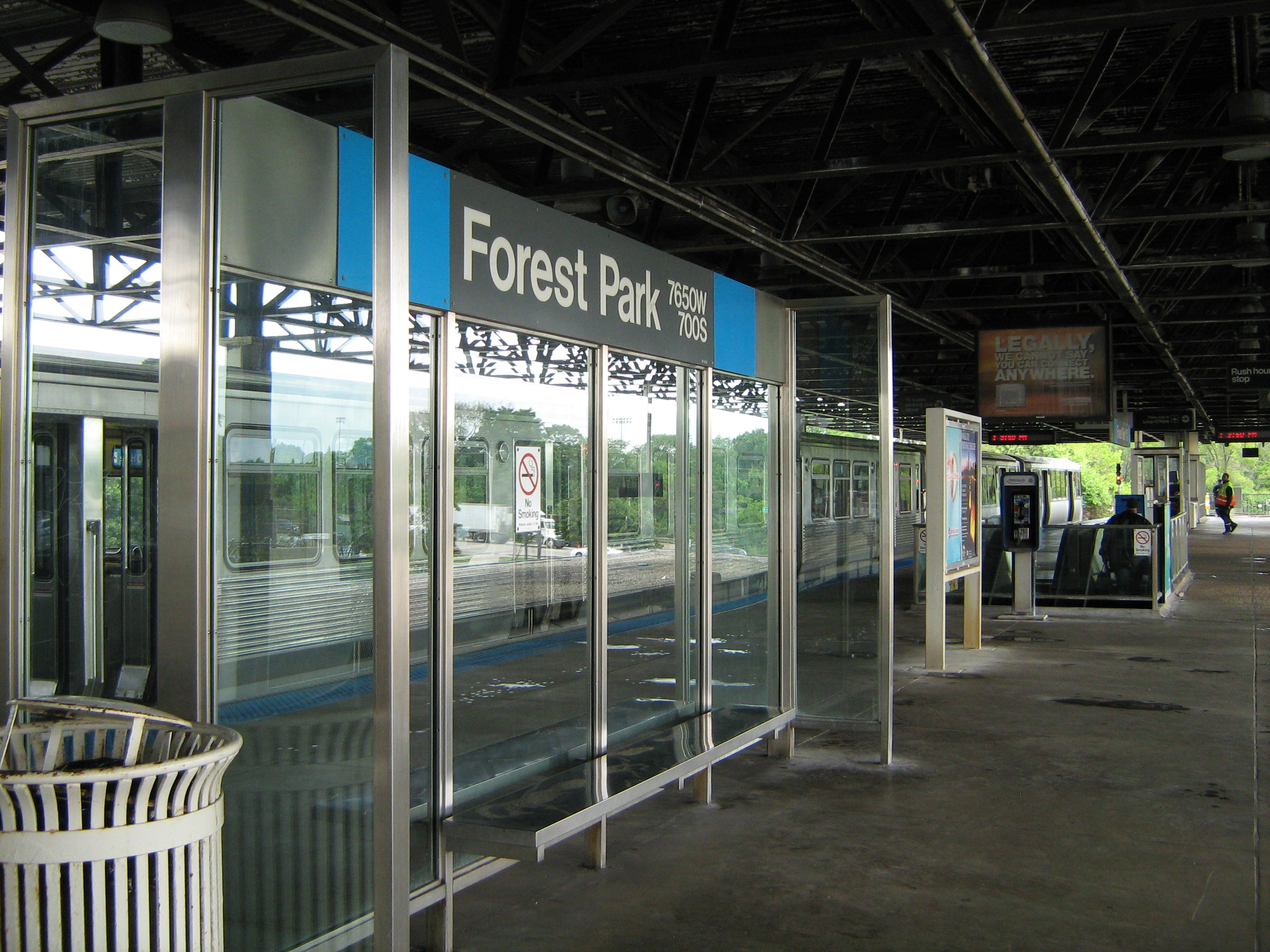Did You Know?
IDOT’s Eisenhower plan: big price tag, little congestion relief

If the main goal of the I-290 Eisenhower Expressway project is to reduce congestion, the recently released preferred alternative likely won’t do the trick.
The Illinois Department of Transportation’s (IDOT) has proposed adding one lane in each direction west of 25th Avenue and east of Austin Boulevard. People driving alone or with one or two passengers would have to pay a variable toll to enter the lane, while cars with three people or more and buses could use the lane for free
Research shows adding more lanes for cars — be they conventional, car pool or tolled lanes — only exacerbates traffic congestion in the long run while making non-auto options less viable.
That’s because new highway capacity in urban areas like ours leads to more driving, more congestion, and development patterns over time that are often not conducive to walking, biking and transit.
IDOT’s own modeling estimates only a small reduction in traffic congestion with these new lanes, and we suspect the congestion relief will be even shorter-lived than IDOT predicts. Who remembers how IDOT was going to solve congestion issues by eliminating the Hillside Strangler on the Ike? Lanes were added but the congestion resumed.
Unfortunately, our region continues to encourage driving and traffic congestion by expanding and extending highways while transit agencies struggle to fund basic maintenance and modernization. More than 90 percent of suburban residents get to work with cars, and most of them drive alone — an inefficient use of an overcrowded public space.
In fact, for most residents of the region, they rarely leave home without a car because that is often the only way to get to their destinations.
The Active Transportation Alliance supports an alternative that would be far less expensive and equally effective at reducing congestion and moving people and goods. It consists of three key elements:
- Convert lanes to carpool, don’t add them. The current preferred alternative adds outer lanes to I-290 while converting center lanes in each direction to carpool+toll lanes. IDOT’s modeling shows adding the carpool+toll lanes will lead to more driving and only a small reduction in congestion, when compared to doing nothing. Converting existing lanes – without adding more lanes – would require legislative changes but this is a worthy goal that could improve available options for future projects.
- Shift people from the overcrowded highway to the under-capacity Blue Line's Forest Park branch, as well as nearby Metra lines. Tap the Blue Line’s potential by improving access to existing stations with enhanced bus service, improved biking/walking connections, and park-and-ride lots (where appropriate), extending the Blue Line west, and creating incentives for development near Blue Line stations.
- Pursue transportation demand management (TDM) strategies. Strategies like employer-based incentives for transit, telecommuting, carpooling and car sharing are used much more extensively in other metropolitan areas and can be a far cheaper way to reduce congestion, yet they weren’t considered for this project.
Learn more on the project website and submit your comments online.
Make a Donation
Your tax-deductible donation supports the important work that Active Trans does throughout the region
